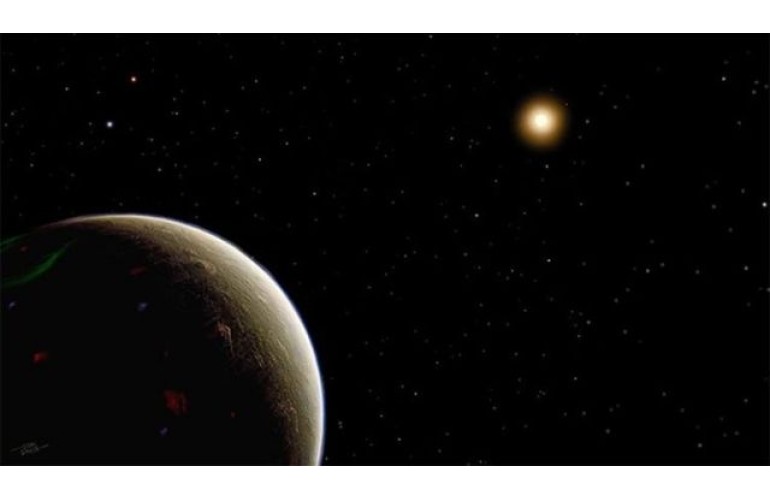 Subscribe
Subscribe- Login
-
/
Sign Up
- US Black Engineer
- >>
- News
- >>
- TSU makes another contribution to planet discovery
|
Getting your Trinity Audio player ready...
|
Two Tennessee State University astronomers are part of a project that has discovered a new planet. According to astronomers, the planet is the closest super-Earth orbiting another Sun-like star.
The discovery was made using two Tennessee State (TSU) robotic telescopes located on two separate mountains in southern Arizona.
In 1999, TSU’s fleet of robotic telescopes in the southern Arizona mountains was used to provide the final evidence needed to prove the existence of other planetary systems.
In 2015, TSU astronomers were part of a team that discovered a planetary system much closer to Earth, and in 2016, among a team that discovered an extrasolar planet that scientists said has the most eccentric orbit ever seen.
“The orange-tinted HD 26965 is somewhat cooler and less massive than our sun, but is approximately the same age as our sun and has a 10-year starspot cycle nearly identical to the sun’s 11-year sunspot cycle,” said TSU astronomer Matthew Muterspaugh.
“Star Trek fans may know the star HD 26965 by its alternative moniker 40 Eridani A,” said Gregory Henry, also a TSU astronomer. “Vulcan was connected to 40 Eridani A in the publications ‘Star Trek 2’ by James Blish and ‘Star Trek Maps’ by Jeff Maynard. Vulcan is the home planet of Science Officer Mr. Spock. Spock served on the starship Enterprise, whose mission was to seek out strange new worlds, a mission shared by Dharma Planet Survey.”
Muterspaugh and Henry are joined in the study by University of Florida astronomers Jian Ge and Bo Ma.
“This discovery demonstrates that fully dedicated telescopes conducting high-cadence, high-precision radial velocity observations in the near future will continue to play a key role in the discovery of more super-Earths and even Earth-like planets in the habitable zones around nearby stars,” says Ge. “I am very grateful to the donor of our Dharma Planet Survey, Mr. Mickey Singer, who recognized the importance of this project and has continuously provided support to make this and future discoveries possible.”
“This star can be seen with the naked eye, unlike the host stars of most of the known planets discovered to date. Now anyone can see 40 Eridani on a clear night and be proud to point out Spock’s home,” says Bo Ma, a UF postdoc on the team and the first author of the paper just published in “Monthly Notices of the Royal Astronomical Society.”
The astronomers say the new planet is twice the size of Earth and orbits its star with a 42-day period just inside the star’s optimal habitable zone.

